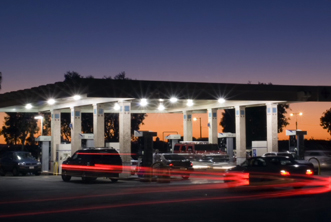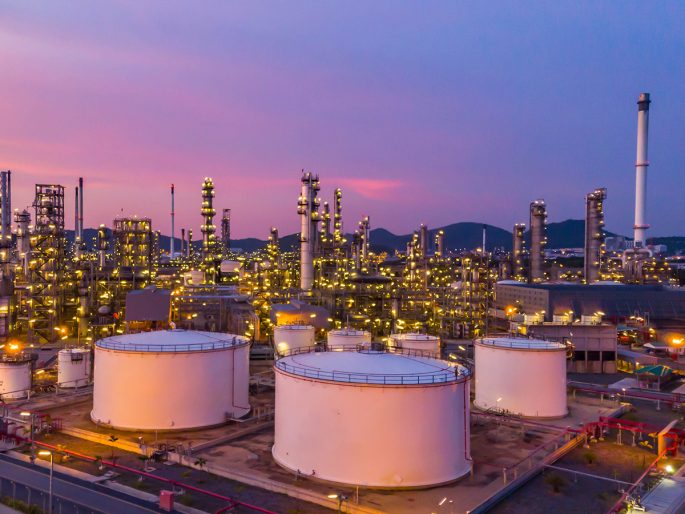Source Guides GDFs Through Stage II Decommissioning Requirements, Cost-Savings
Click Here for the Latest Update in Pennsylvania
During the ‘90s, in an effort to combat harmful ozone emissions and maintain air quality standards, The United States Clean Air Act mandated gasoline-dispensing facilities adopt Stage II Vapor Recovery systems, and equip automobiles with onboard refueling vapor recovery (ORVR) systems.
Since 2006, all new vehicles have been outfitted with ORVR systems. In 2012, the EPA ruled that such widespread fleet turnover warrants the withdrawal of Stage II Vapor Recovery system requirements for GDFs. As such, GDFs were given the option to remove Stage II Vapor Recovery programs from their state implementation plans (SIPs).
To regulate decommissioning, the EPA requires decommissioning GDFs to produce a technical demonstration showing that removing Stage II Vapor Recovery systems will not adversely impact air quality. Since 2012, the experts at Source have been helping fuel retailers understand their state’s Stage II decommissioning requirements, update their fuel site equipment in a cost-effective and strategic manner, demonstrate environmental compliance and meet critical decommissioning deadlines.
The EPA estimates decommissioning will save the average size GDF $3,000 per year. Contact your Source sales representative today to develop an equipment conversion plan. For a complete state-by-state overview of Stage II decommissioning requirements, including approaching deadlines, visit Source’s Stage II Decommissioning Guide.






